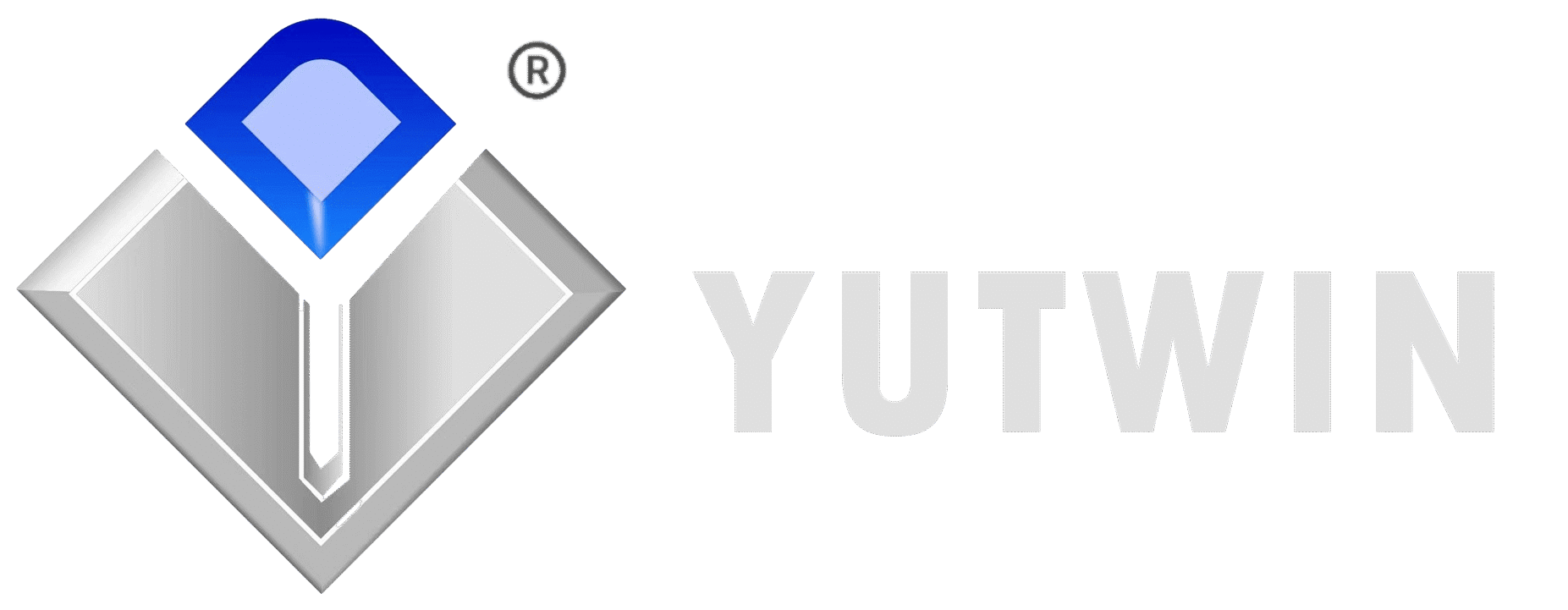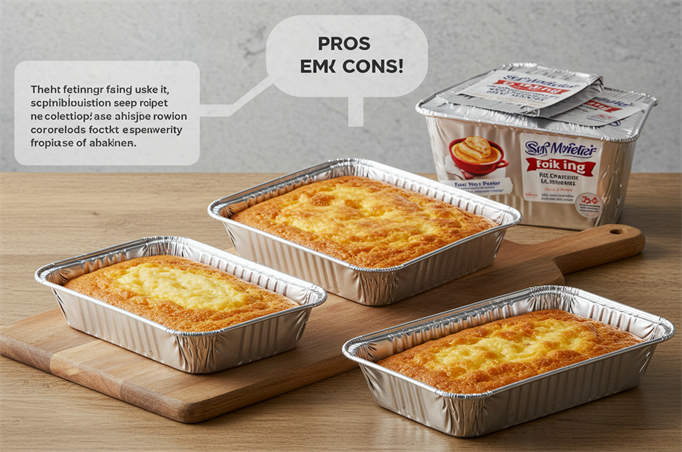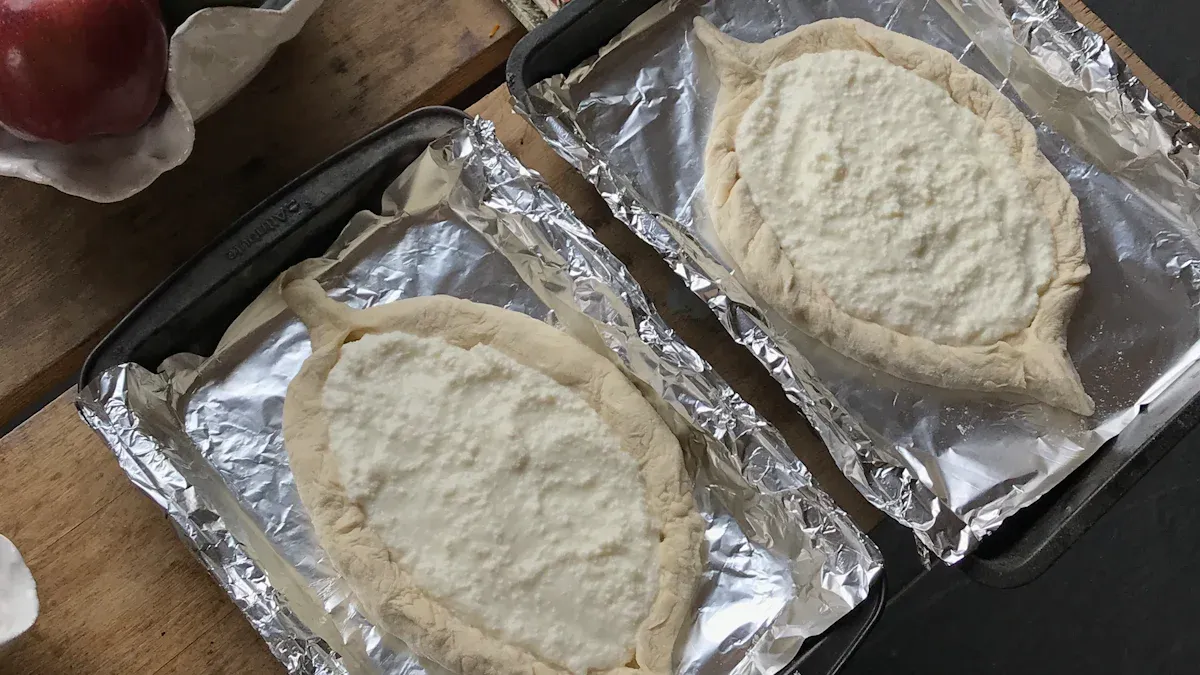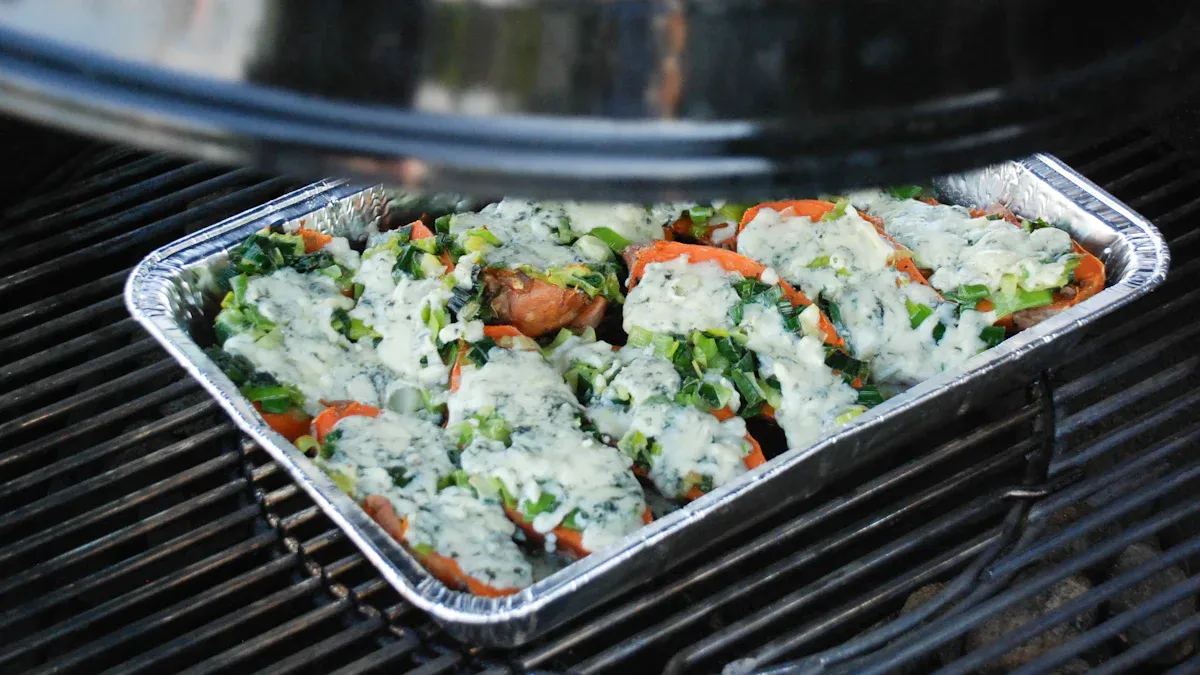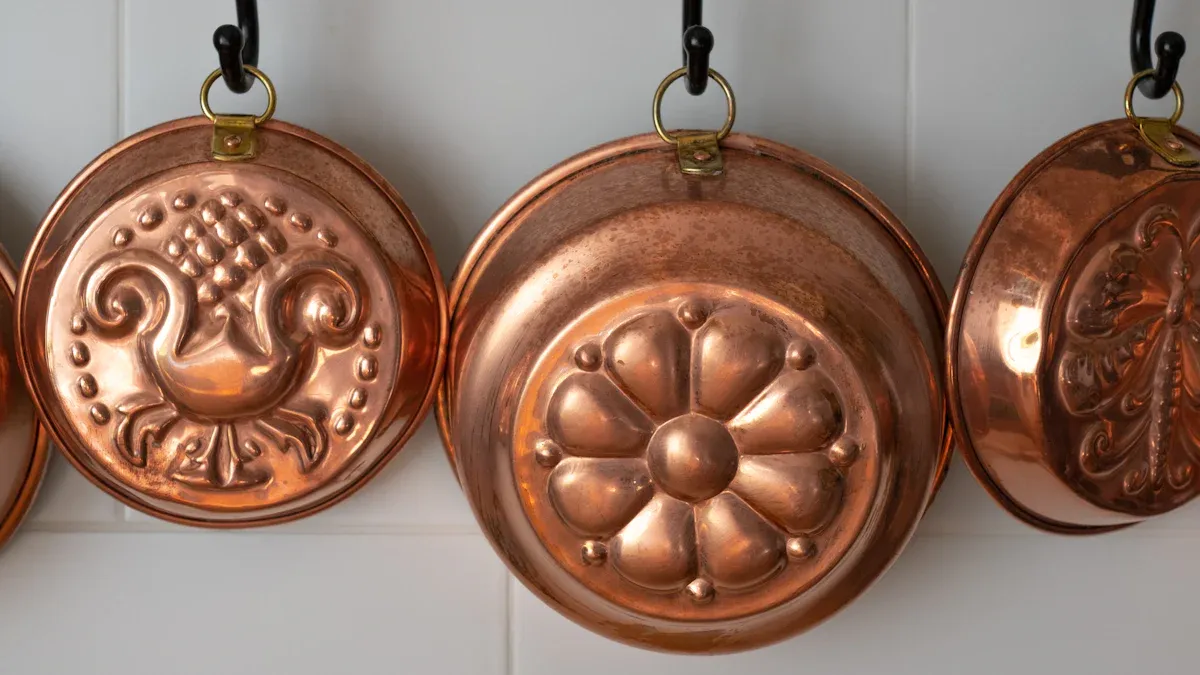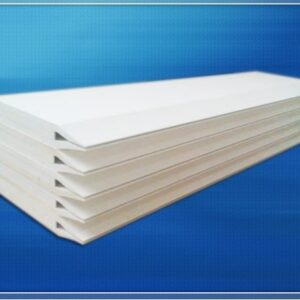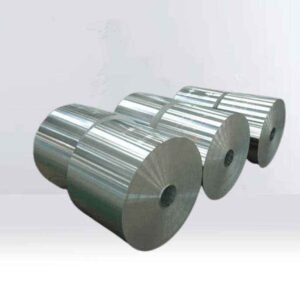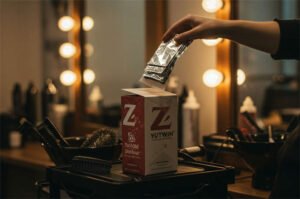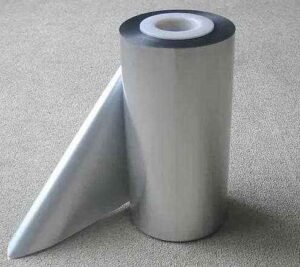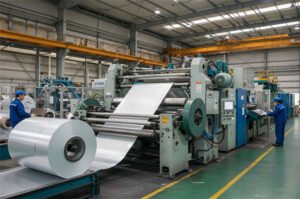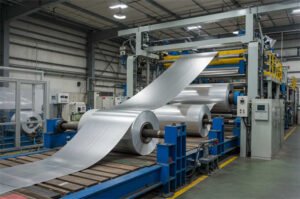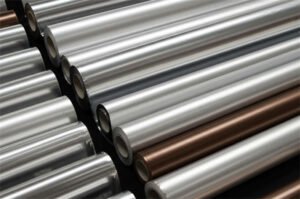You might wonder if a foil pan really works for baking. Many people love how it heats evenly, costs less, and makes cleanup easy. You can store and carry these pans without trouble. Still, some worry about chemical leaching, the look of the pan, and how tossing them out affects the environment.
Principaux enseignements
- Disposable foil pans cook food the same all over. They help you clean up faster. They do not cost a lot. This makes them good for fast baking and parties.
- Foil pans can bend if you are not careful. They can change when used with sour foods. Use thicker pans for heavy foods. Put a liner in the pan for sour recipes.
- Wash foil pans before recycling to cut down on trash. Try using bakeware you can use again, like glass, metal, or silicone, if you bake often.
Foil Pan Benefits
Conductivité thermique
You want your baked goods to cook evenly, right? A foil pan helps with that. Aluminum heats up fast and spreads the heat across the whole pan. This means your brownies, casseroles, or banana bread bake through without cold spots. You don’t have to worry much about burnt edges or undercooked centers. Many bakers like how a foil pan gives them reliable results, especially when they try new recipes.
Commodité
If you love saving time, you’ll appreciate how easy foil pans make baking. You can skip scrubbing and just toss the pan when you’re done. These pans work great for busy days, big family dinners, or when you need to bake in bulk. Here are some times when you might reach for a foil pan:
- Home baking, like banana bread or roasted veggies
- Catering events and potlucks
- Outdoor gatherings and picnics
- Meal prepping and freezing leftovers
- Fundraisers, bake sales, and holiday celebrations
- Cooking classes or sending food as gifts
Tip: Foil pans are lightweight and easy to carry, so you can take your food anywhere without worrying about breaking a dish.
Affordability
You’ll find foil pans at almost any grocery store, and they usually cost less than $2 each. For example, a heavy-duty 9-inch foil pan can cost about $1.09. At first, this seems like a bargain, especially if you don’t bake often. But if you use them all the time, the cost adds up. Reusable pans cost more upfront but save money over time. Still, for quick jobs or special events, foil pans offer a budget-friendly solution.
Foil Pan Drawbacks
Durabilité
Disposable foil pans feel light and bend easily. The thin walls can bend if you put in heavy food. Cheap pans might only last for one bake. Look at this table to see how thickness changes durability:
| Thickness Gauge | Approximate Thickness (inches) | Typical Use Case | Durability Impact |
|---|---|---|---|
| 22–24 Gauge | 0.020″–0.025″ | Single-use, budget pans | Lower durability; best for one-time use |
| 18–20 Gauge | 0.032″–0.040″ | Heavyweight, reusable pans | Higher durability; resists warping and bending |
To stop spills, put your foil pan on a baking sheet. Heavyweight pans work better for big meals or moving food.
Reactivity
Foods with acid, like tomato sauce, can react with foil pans. This can make small holes or leaks, especially if you add salt. Acid and salt make the pan break down faster. Some aluminum can get into your food, but most people are still safe. To protect your food, line the pan with parchment paper. You can also use non-reactive bakeware for foods with lots of acid.
Environnement
Throwing away foil pans after one use makes more trash. Aluminum can be recycled, and some places recycle over 75% of it. If you wash your pans, you can recycle them in many areas. But if you throw them away, they add to landfill waste.
♻️ Tip: Wash and recycle your foil pans when you can to help the planet.
Apparence
You may want your baked goods to look nice for parties. Disposable foil pans look plain and can crinkle fast. They do not look as good as glass or ceramic dishes. For a nicer look, move your food to a pretty plate. You can also use foil pans with lids to carry food more easily.
Sécurité
Sécurité alimentaire
You might wonder if using a foil pan is safe for your food. Most of the time, baking in aluminum is fine, but you should know that some foods can cause aluminum to move into your meal. Research shows that when you bake foods with lots of acid, salt, or spices, more aluminum can get into your food. For example, tomato sauce or dishes with vinegar can pull more aluminum from the pan. In some tests, the amount of aluminum in food baked this way was much higher than what health experts suggest as safe. If you eat these foods often, you could get close to the weekly limit for aluminum in your diet. To stay safe, try lining your pan with parchment paper when baking acidic foods, or use a different type of bakeware for those recipes.
Oven Use
You can use most disposable foil pans in the oven without worry, as long as you follow the rules. Manufacturers say these pans work best at temperatures up to 482°F, and some can go as high as 500°F. Always check the package for the exact limit. Never use a foil pan to line the bottom of your oven. This can block heat, mess up your baking, or even damage your oven. Place your pan on a sturdy baking sheet for extra support and to catch any spills.
Tip: Always let your pan cool before handling. Hot foil can bend or spill easily.
Tips
Choosing Pans
When you pick a foil pan for baking, think about what you plan to cook. Thicker pans work best for heavy casseroles or foods that need high heat. Thinner pans handle lighter or cold foods and cost less. Always match the pan size to your recipe and oven. If you want to reuse a pan, choose a heavy-duty one. Some pans have different finishes, like shiny or matte, which can help with handling and food release.
- Thicker pans = more strength and heat resistance
- Thinner pans = good for quick, light bakes
- Check the label for thickness or gauge
- Make sure the pan fits your oven and recipe
Handling
Foil pans bend easily, especially when full. Place your pan on a sturdy baking sheet before filling it. This gives you extra support and helps prevent spills. Always use oven mitts when moving hot pans. If you bake in bulk, stack empty pans to save space.
Tip: Let your foil pan cool before lifting it out of the oven to avoid burns or bending.
Sticking
No one likes food stuck to the pan. To stop sticking, lightly grease your foil pan with oil, butter, or cooking spray. For sticky foods like brownies or cheesy casseroles, line the pan with parchment paper. Preheat the pan before adding fat for an extra non-stick boost. Greasing also makes cleanup easier.
Recyclage
You can recycle aluminum foil pans, but you need to clean them first. Scrape off food, wash with hot water and soap, and dry well. Check your local recycling rules to make sure they accept foil pans. Stack clean pans together before putting them in the bin. If your pan is too dirty, reuse it for crafts or storage.
Recycling aluminum saves energy and helps the planet!
Alternatives
If you want something other than disposable pans, you have options. Each bakeware type has good and bad points. Let’s look at glass, metal, and silicone.
Glass
Glass bakeware heats up slowly but keeps heat well. This helps casseroles and pasta stay warm after baking. You can see your food through the clear sides. This makes it easy to check if it is done. Glass does not react with acidic foods. You do not have to worry about weird tastes or stains. Sometimes, the edges and bottom brown faster than the middle. Glass is best for recipes that need gentle, steady heat.
Metal
Metal pans heat up fast and cool down quickly. They give you crisp, brown edges on cookies, breads, and cakes. Metal bakeware comes in many shapes and sizes. Some pans are dark, so food cooks even faster. Be careful with acidic foods. Plain metal can react and change the taste. To stop this, use nonstick pans or line with parchment paper. Metal pans last a long time and handle high heat.
Tip: Check if your metal pan is dishwasher safe to keep it nice.
Silicone
Silicone bakeware is soft and bends easily. You can bend it and it will not break. These pans can last up to 20 years. Silicone works in hot and cold, from -40°F to 446°F. Food slides out easily, so you do not need much oil. Cleaning is easy because you can use the dishwasher. Silicone pans come in many shapes and sizes. They cost about the same as metal pans. If you want something reusable and easy to store, silicone is a good choice.
| Fonctionnalité | Silicone Bakeware | Disposable Foil Pans |
|---|---|---|
| Durabilité | Can last up to 20 years; flexible, tear-resistant | Single-use; prone to damage and tearing |
| Temperature Range | Withstands -40°F to 446°F | Limited heat resistance; not reusable |
| Ease of Cleaning | Naturally nonstick; dishwasher safe | Not reusable; cleaning not needed |
| Reusability | Reusable and long-lasting | Disposable, single-use only |
| Polyvalence | Many shapes and sizes | Limited shapes; single-use |
| Affordability | Affordable, lasts longer | Inexpensive but single-use |
Note: Pick the bakeware that matches your recipe and how often you bake. Each type has something special.
You’ve seen how a bac en aluminium makes baking easy and affordable. You get quick cleanup and even cooking. Still, you should think about safety, food quality, and the planet before you choose. Try different bakeware and use smart tips to match your baking needs and values.
FAQ
Can I reuse aluminum foil pans?
Vous pouvez reuse heavy-duty foil pans if you wash them well. Thin or small foil pans may bend or tear after one use.
What foil pan sizes work best for baking cakes?
You can use 8-inch or 9-inch foil baking pans sizes for cakes. Small foil pans work well for mini cakes or single servings.
Do foil pans with lids keep food fresh?
Yes! Foil pans with lids help seal in moisture and keep your baked goods fresh during transport or storage.
